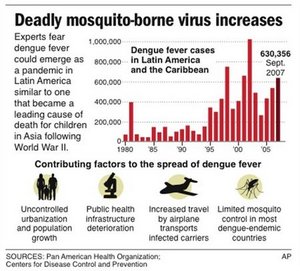Friendships can be beneficial,
but watch out when talk about deviant topics is the best way to get a laugh in an adolescent relationship, because such interaction may well lead to questionable behavior down the road, say University of Oregon researchers.
For their study, published in the September/October 2007 issue of the journal
Child Development, the researchers videotaped 16- and 17-year-olds as they interacted with close friends. The UO team was seeking to find mechanisms behind the idea that antisocial behavior is predictable based on the behavior of peers. Subjects were divided into three groups of 40 based on their earlier classifications as normal, late-starters or persistently antisocial in an on-going longitudinal study.
The findings present "a mixed bag," with both good and bad aspects of friendship, said co-author Thomas J. Dishion, professor of psychology and school psychology.
"The study speaks to the power of peer influence in shaping outcomes," said lead author Timothy F. Piehler, a doctoral student in psychology.
